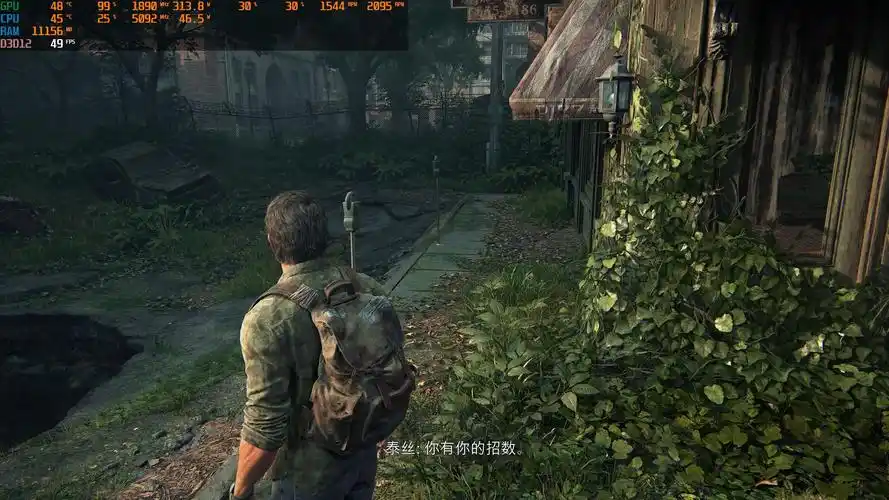The landscape of video game journalism is undergoing a seismic shift. Gone are the days when coverage was confined to pre-release previews, day-one reviews, and sporadic post-launch patches. The modern gaming ecosystem—a complex web of live services, community-driven content, and rapid-fire digital distribution—demands a more sophisticated, nuanced, and dynamic form of reporting. A new playbook is emerging, defined by several transformative patterns that are pushing game news coverage beyond the superficial into the realm of deep, analytical, and enduring storytelling.
From Static Reviews to Living, Breathing Analyses
The most significant transformation is the move away from the "definitive review." With games like Destiny 2, Fortnite, and Final Fantasy XIV evolving over years through seasons, expansions, and foundational reworks, a single review score is rendered obsolete almost immediately. Deep game news now treats a game not as a finished product, but as a live service and a platform.
This has given rise to the "State of the Game" analysis, a recurring, in-depth feature that examines the health of a title’s meta, the impact of a new update, shifting player sentiment, and the developer’s long-term roadmap. This pattern requires journalists to possess not just critique skills but also the analytical rigor of a data journalist and the strategic mind of a veteran player. They must dissect patch notes, track engagement metrics, and synthesize community feedback to provide a holistic picture of where a game stands right now.
The Rise of the Investigative Game Journalist
As the industry has grown in financial and cultural stature, so too has the need for accountability. A powerful emerging pattern is investigative journalism that delves into the "how" and "why" behind the games we play. This goes beyond reporting on crunch culture, though that remains vitally important. It now encompasses deep dives into corporate mergers and acquisitions (like Microsoft’s acquisition of Activision Blizzard), exposés on monetization strategies and their psychological impact, and forensic breakdowns of project mismanagement that led to a game’s failure.
Outlets like People Make Games and the work of journalists like Jason Schreier have proven there is a massive audience for this content. It transforms game news from a consumer guide into a critical lens on a multi-billion dollar industry, holding powerful studios and executives to account and giving voice to developers.
Leveraging Data Journalism and Interactive Content
Deep coverage is increasingly powered by data. Newsrooms are utilizing data scraping tools, analytics platforms, and surveys to move beyond anecdotal evidence. Instead of saying "players are frustrated," they can show it through visualized data on player count drops, sentiment analysis of social media mentions, or deep statistical analysis of in-game economies.
This data-first approach often culminates in interactive content. Imagine an article about the evolution of a game’s weapon balance that features an interactive graph allowing readers to filter by season, weapon type, and pick rate. Or a deep dive into an MMO’s economy with a dynamic supply-and-demand chart. This transforms the reader from a passive consumer into an active explorer of the story, creating a more engaging and memorable experience.
The Specialized Niche and the Expert Voice
The era of the generalist game reviewer is fading in the face of intense specialization. The complexity of modern games necessitates expertise. Deep coverage now often comes from journalists who carve out specific niches: an expert in fighting game frame data, a savant of complex grand strategy games like Crusader Kings III, or an authority on the speedrunning community.
Audiences seek out these expert voices because they offer a level of insight and credibility that a generalist cannot. They speak the community’s language, understand its deepest intricacies, and can provide analysis that is both accurate and respected. This trend fosters a collection of micro-communities around news outlets, built on trust and deep subject-matter knowledge.
The Integration of Community as a Primary Source
Deep game news no longer operates in a top-down manner. The community itself has become an integral part of the newsgathering process. Journalists actively mine Reddit threads, Discord channels, and YouTube creator content not just for story ideas, but for raw data, player discoveries, and emerging narratives.
The discovery of Elden Ring’s intricate lore, for instance, was a collaborative effort between players and journalists. Reporters acted as curators and verifiers, compiling community findings, interviewing the discoverers, and presenting them in a cohesive narrative. This symbiotic relationship acknowledges that the collective intelligence of millions of players is a resource more powerful than any single reviewer.
Conclusion: A Deeper Connection
These emerging patterns—living analyses, investigative rigor, data-driven storytelling, expert niches, and community integration—are collectively transforming deep game news into a richer, more intelligent, and more essential form of journalism. It is moving the discourse from "Is this game good?" to "What does this game mean? How does it function? Who does it impact, and how is it changing?"
This new playbook does not replace the traditional review; it builds upon it, creating a multi-layered and continuous conversation around games as the significant cultural, technical, and social artifacts they have become. In doing so, it forges a deeper, more meaningful connection between the games, the people who play them, and the industry that creates them.



















